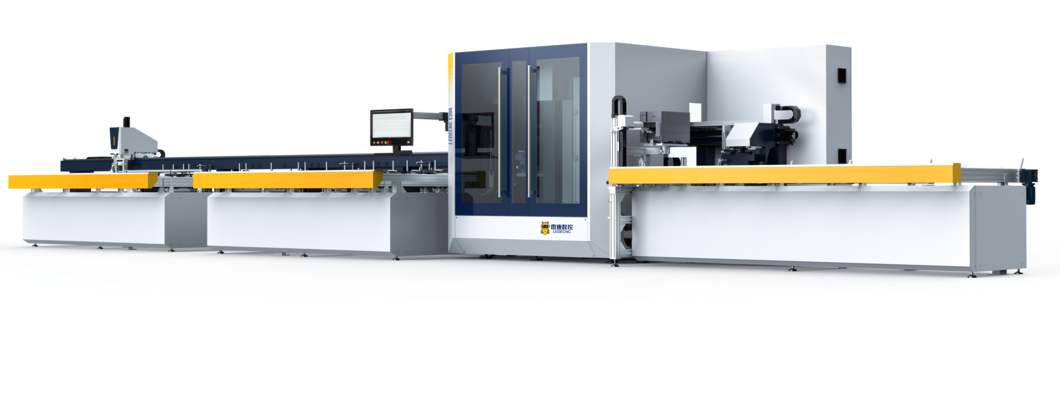_1758004602_WNo_1600d900.webp)
Declaration: All images featured in this article are sourced from Wikipedia.
Estimated reading time: approximately 8 minutes.
Glass curtain walls, as a hallmark of modern architecture, are celebrated for their transparency, lightweight appearance, and contemporary aesthetics, making them a preferred choice for skyscrapers and landmark projects. They maximize natural light while creating sleek, visually striking facades. Based on extensive research of global architectural history and contemporary cases, this article presents ten iconic glass curtain wall buildings, spanning from 19th-century pioneers to 21st-century innovations. Each case includes a detailed introduction, design highlights, and an analysis of curtain wall craftsmanship, illustrating the evolution and application of glass curtain wall technology. Before concluding, we will highlight LEADCNC (https://www.leadcnc.com/), a leading Chinese manufacturer of aluminum window production lines and curtain wall machines, whose intelligent production lines simplify the creation of such stunning glass architecture.
_1758004804_WNo_928d706.webp)
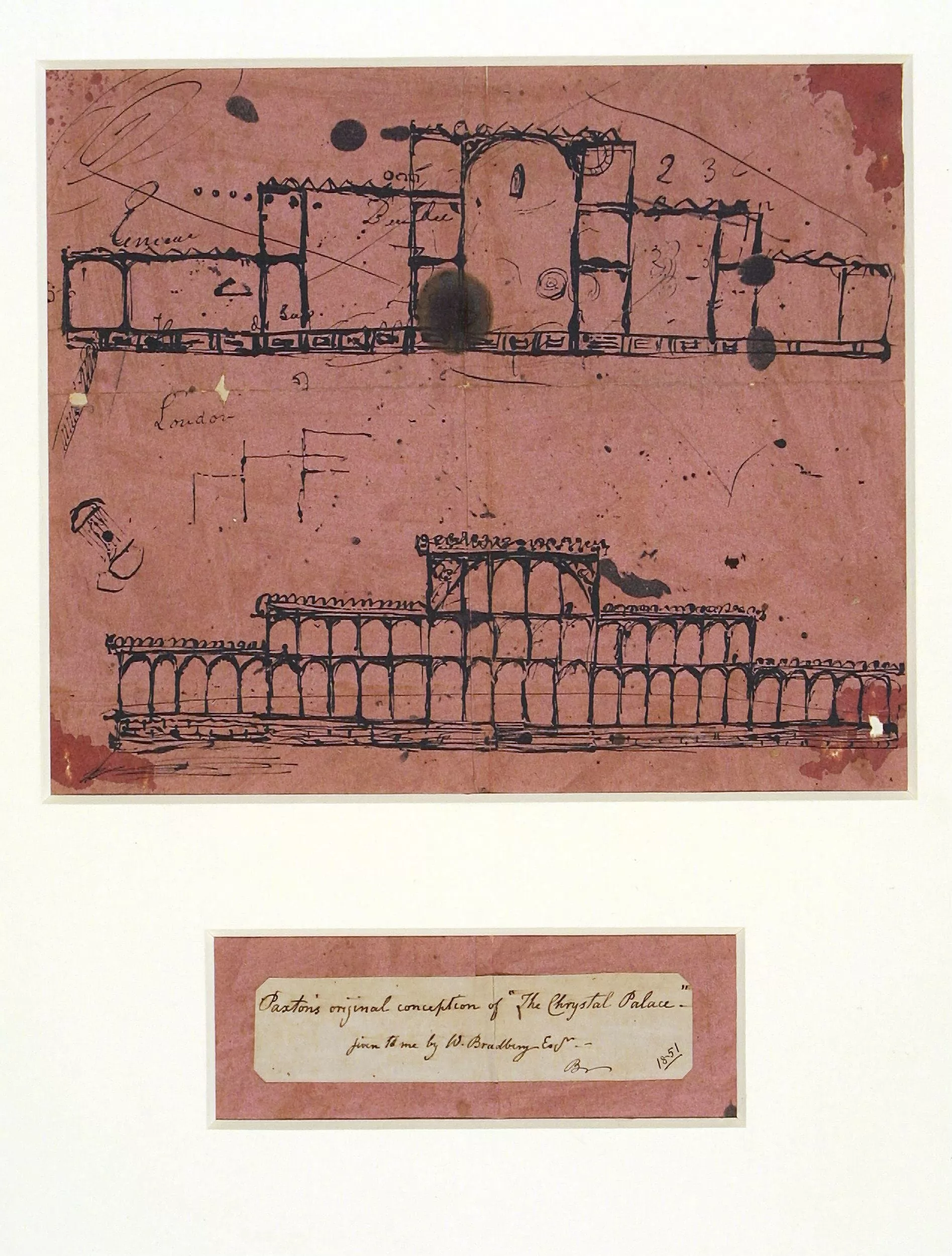
Location: London, United Kingdom
Architect: Joseph Paxton
Completion Year: 1851
Background: Built for the 1851 Great Exhibition in London, The Crystal Palace was a temporary structure that became a symbol of the Industrial Revolution. Covering 6.4 hectares, it used standardized cast-iron frames and glass panels, showcasing modular construction. Destroyed by fire in 1936, its legacy endures.
Design Highlights: The world’s first large-scale glass curtain wall building, it featured approximately 300,000 glass panes, creating a transparent exhibition space. Constructed in just nine months, it demonstrated the efficiency of industrialized production.
Curtain Wall Craftsmanship: The curtain wall system relied on cast-iron frames supporting single-layer glass panes, approximately 3-5 mm thick, fixed via simple embedding. While excellent for daylight, it lacked modern insulation and waterproofing. Modern equipment, such as LEADCNC’s CNC machining centers, could enhance precision and efficiency in producing similar frameworks, ensuring structural stability for complex aluminum alloy systems.
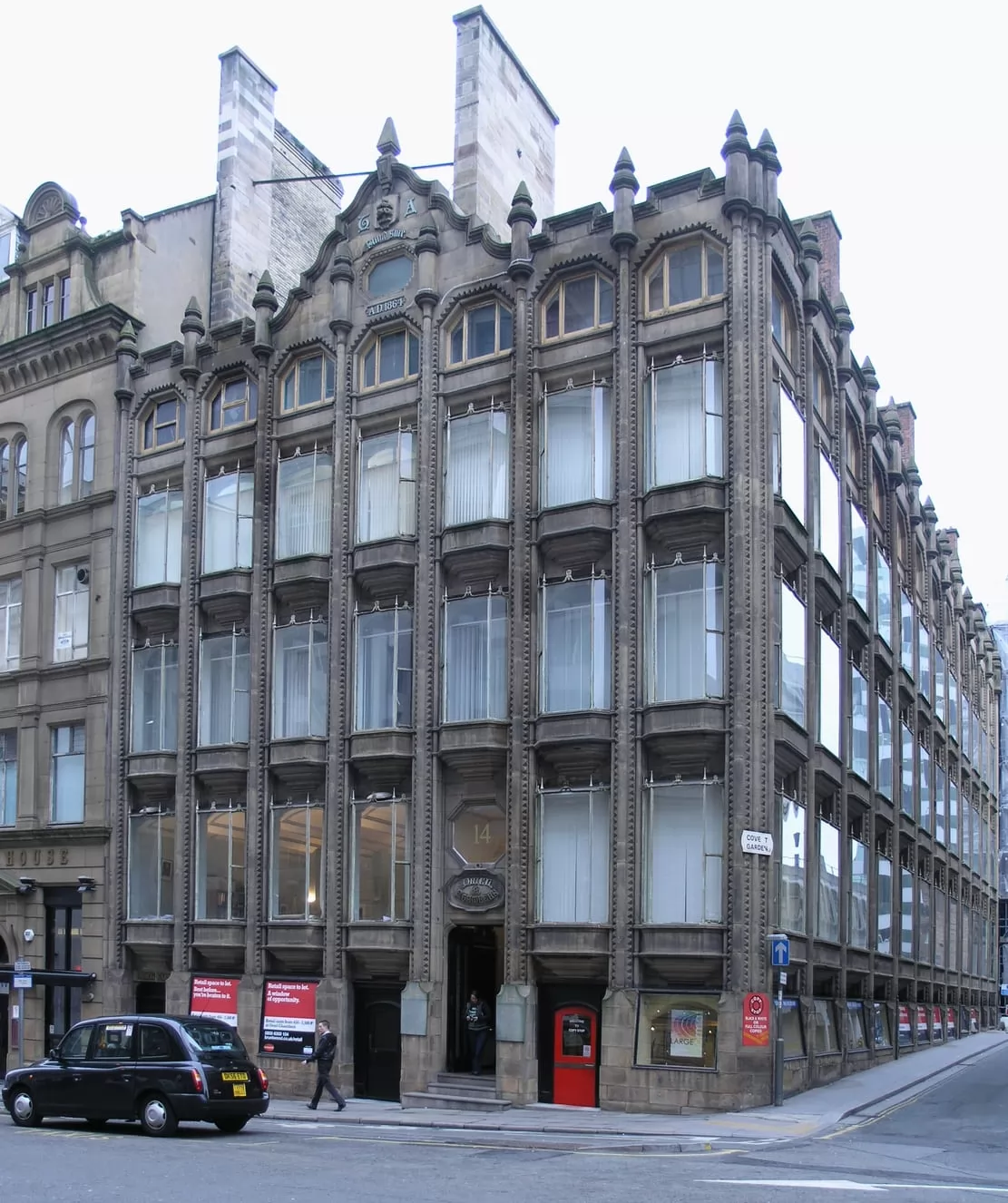
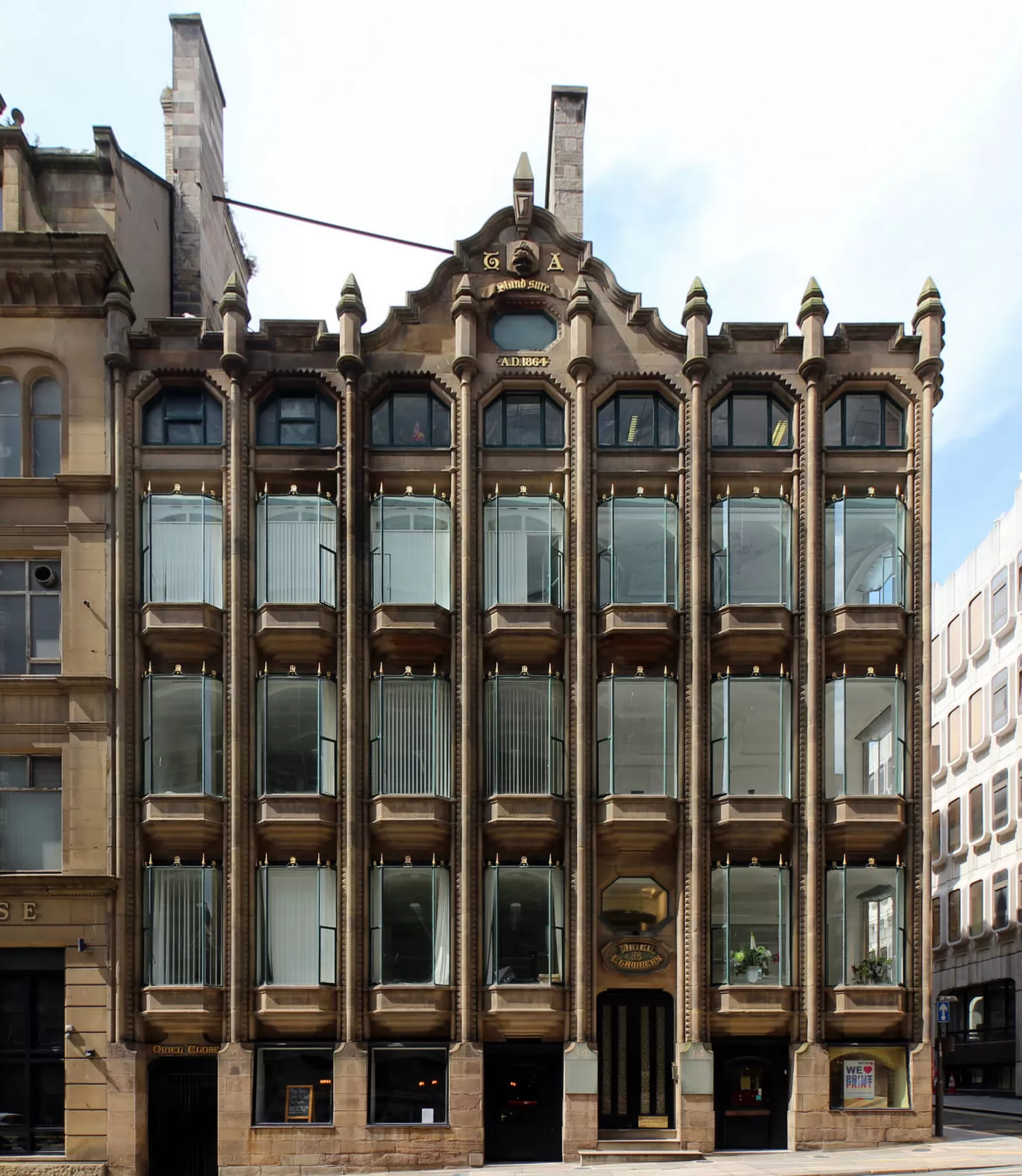
Location: Liverpool, United Kingdom
Architect: Peter Ellis
Completion Year: 1864
Background: Oriel Chambers is one of the earliest buildings to use metal-framed glass curtain walls, constructed during the Victorian era. Initially criticized for its bold design, it is now recognized as a precursor to modernist architecture.
Design Highlights: Featuring cantilevered oriel windows and iron frames, the internal courtyard utilized full glass curtain walls to enhance natural light and ventilation. Its slender columns and glass combination foreshadowed skyscraper designs.
Curtain Wall Craftsmanship: The system used cast-iron frames with single-layer glass (5-8 mm thick), mechanically fixed. Modern CNC machines, like those from LEADCNC, could precisely fabricate similar metal frames, ensuring structural integrity and improved installation accuracy for complex glass systems.
 (1)_1758005299_WNo_1599d1232.webp)
Location: San Francisco, United States
Architect: Willis Polk
Completion Year: 1918
Background: The Hallidie Building is the first American building to employ a full glass curtain wall, marking the spread of this technology from Europe to North America. It laid the foundation for transparent facades in high-rise designs.
Design Highlights: Utilizing steel frames and concrete cantilevers to support multi-story glass panels, it achieved a lightweight, transparent appearance, emphasizing functionality and ample interior light.
Curtain Wall Craftsmanship: The curtain wall system relied on steel frames with mechanically fixed glass (6-10 mm thick). Modern curtain wall production lines, such as LEADCNC’s, enable 24/7 automated production of high-precision aluminum frames, enhancing durability and sealing performance.
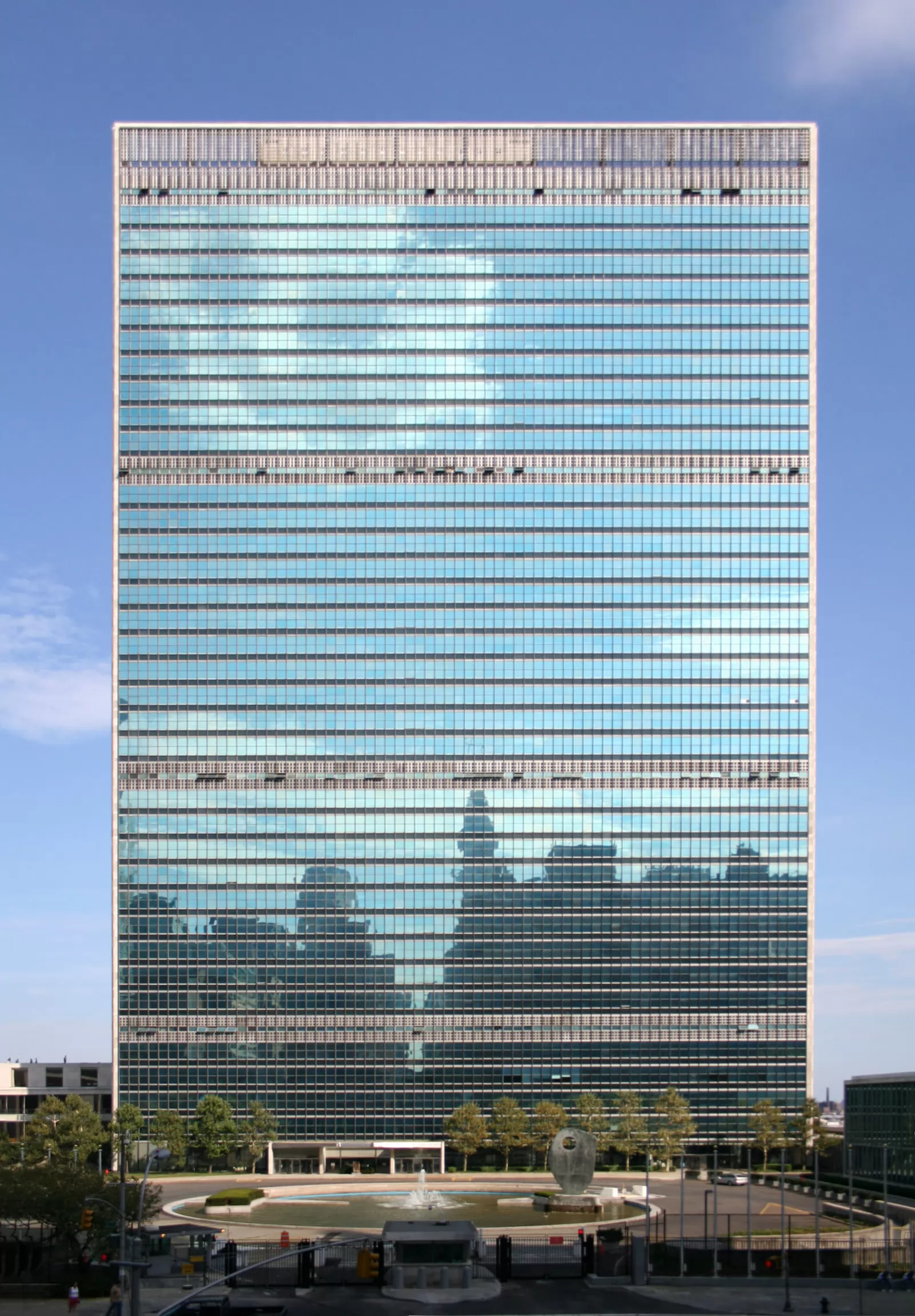
_1758005483_WNo_1600d2300.webp)
Location: New York City, United States
Architect: International Team (led by Wallace K. Harrison)
Completion Year: 1952
Background: A symbol of post-war international collaboration, the UN Secretariat Building was among the first fully air-conditioned glass curtain wall skyscrapers, representing the rise of modernist architecture.
Design Highlights: Its north and south facades feature green-tinted glass curtain walls, contrasting with marble-clad east and west sides. The design emphasizes simplicity and functionality, setting a standard for post-war skyscrapers.
Curtain Wall Craftsmanship: The system used aluminum frames with green heat-absorbing glass (8-12 mm thick), incorporating early sealant strips for improved waterproofing. LEADCNC’s CNC machining centers can produce such aluminum frames with 0.1 mm precision, meeting the demands of complex modern curtain wall geometries.
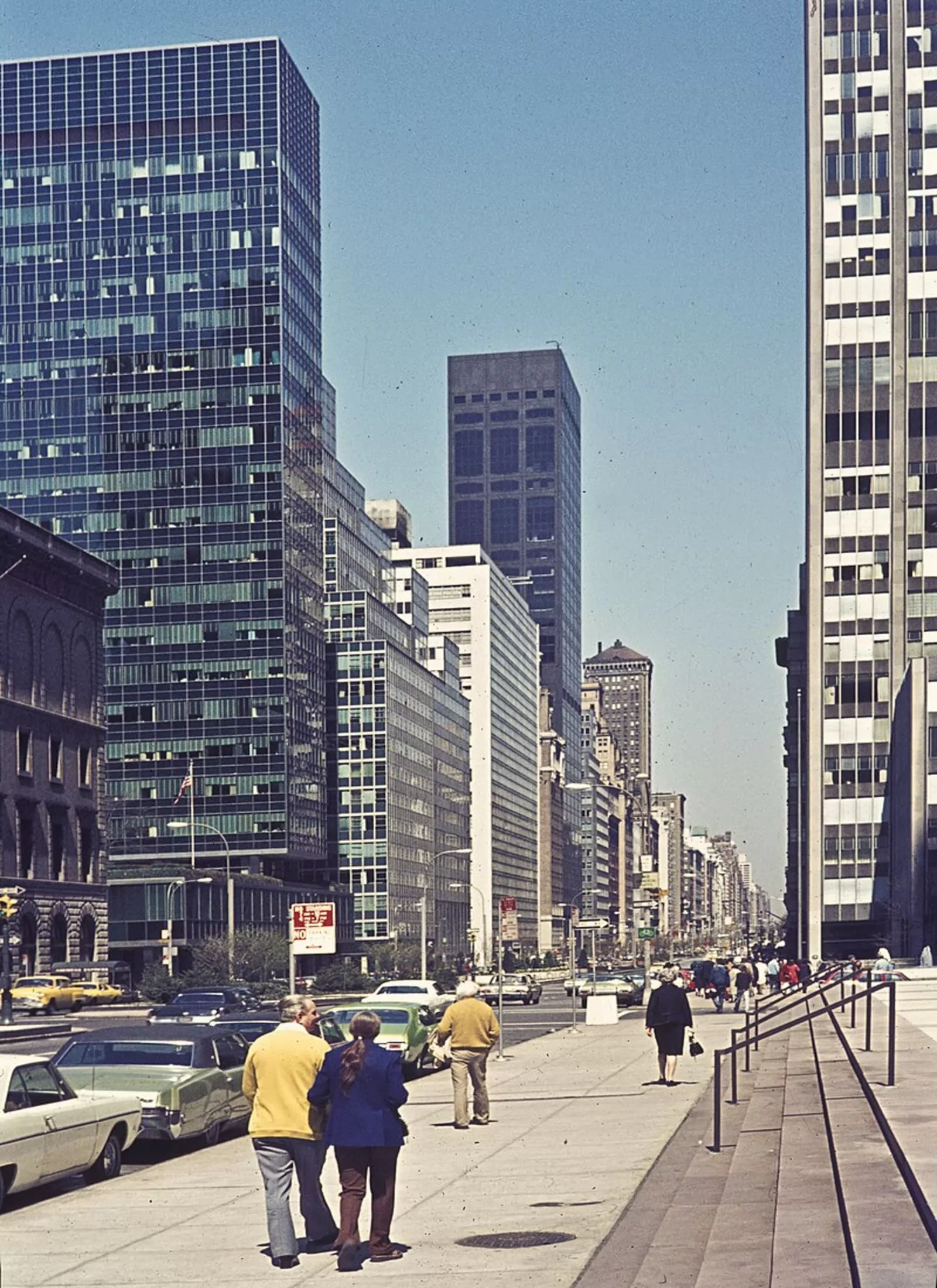
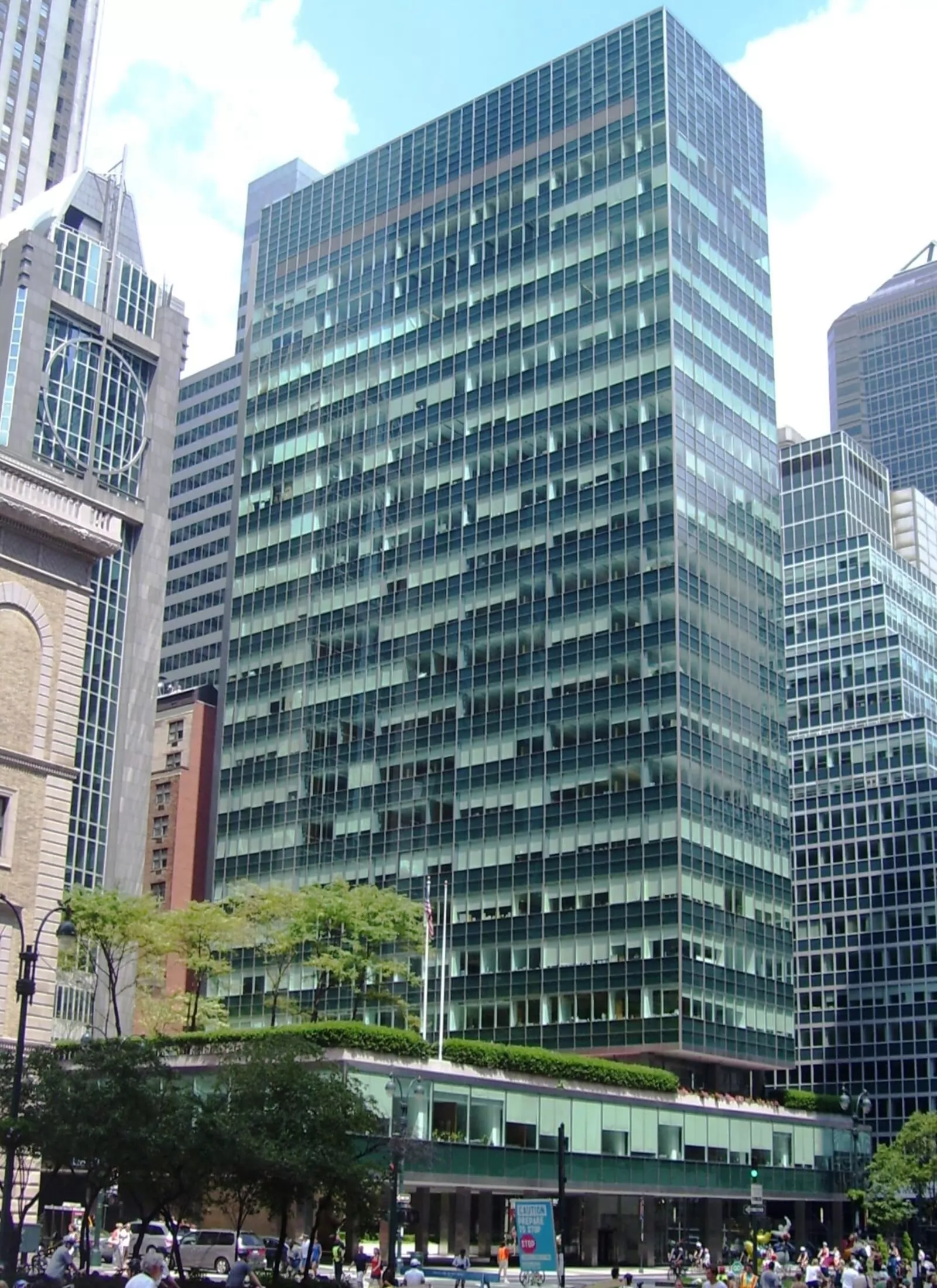
Location: New York City, United States
Architect: Skidmore, Owings & Merrill (SOM)
Completion Year: 1952
Background: Lever House was the first American skyscraper with a full glass curtain wall, marking the modernization of corporate architecture and influencing global city skylines.
Design Highlights: Featuring stainless steel frames and green heat-absorbing glass, it introduced the “glass prism” concept with an elevated base for openness. Its curtain wall system became a 1950s standard.
Curtain Wall Craftsmanship: The system used aluminum alloy frames and double-layer glass (10-15 mm thick) with early silicone sealing. LEADCNC’s automated production lines can optimize such frame fabrication, supporting rapid assembly of complex curtain wall systems.
_1758006269_WNo_1404d1404.webp)
_1758006286_WNo_1068d712.webp)
Location: New York City, United States
Architect: Ludwig Mies van der Rohe & Philip Johnson
Completion Year: 1958
Background: The Seagram Building is a pinnacle of International Style, with its minimalist design and refined details influencing global corporate architecture standards.
Design Highlights: Featuring bronze-tinted glass curtain walls and I-beam detailing, it embodies the “less is more” philosophy, showcasing grid-based aesthetics and high-quality craftsmanship.
Curtain Wall Craftsmanship: The system used high-strength aluminum frames and tinted glass (12-15 mm thick) with advanced sealing for durability. LEADCNC’s CNC equipment ensures high-precision aluminum profile machining, meeting stringent tolerance requirements.
 (1)_1758006682_WNo_1600d1000.webp)
Location: Dessau, Germany
Architect: Walter Gropius
Completion Year: 1926 (restored as UNESCO heritage)
Background: A symbol of the Bauhaus movement, this building embodies functionalism and modernism, influencing 20th-century architectural education and design.
Design Highlights: The workshop wing features unadorned glass curtain walls across three stories, emphasizing transparency and openness, balancing function and aesthetics.
Curtain Wall Craftsmanship: The system used steel frames with single-layer glass (6-10 mm thick), fixed via simple embedding. Modern equipment like LEADCNC’s intelligent production lines can enhance frame fabrication efficiency, ensuring curtain wall flatness and sealing.
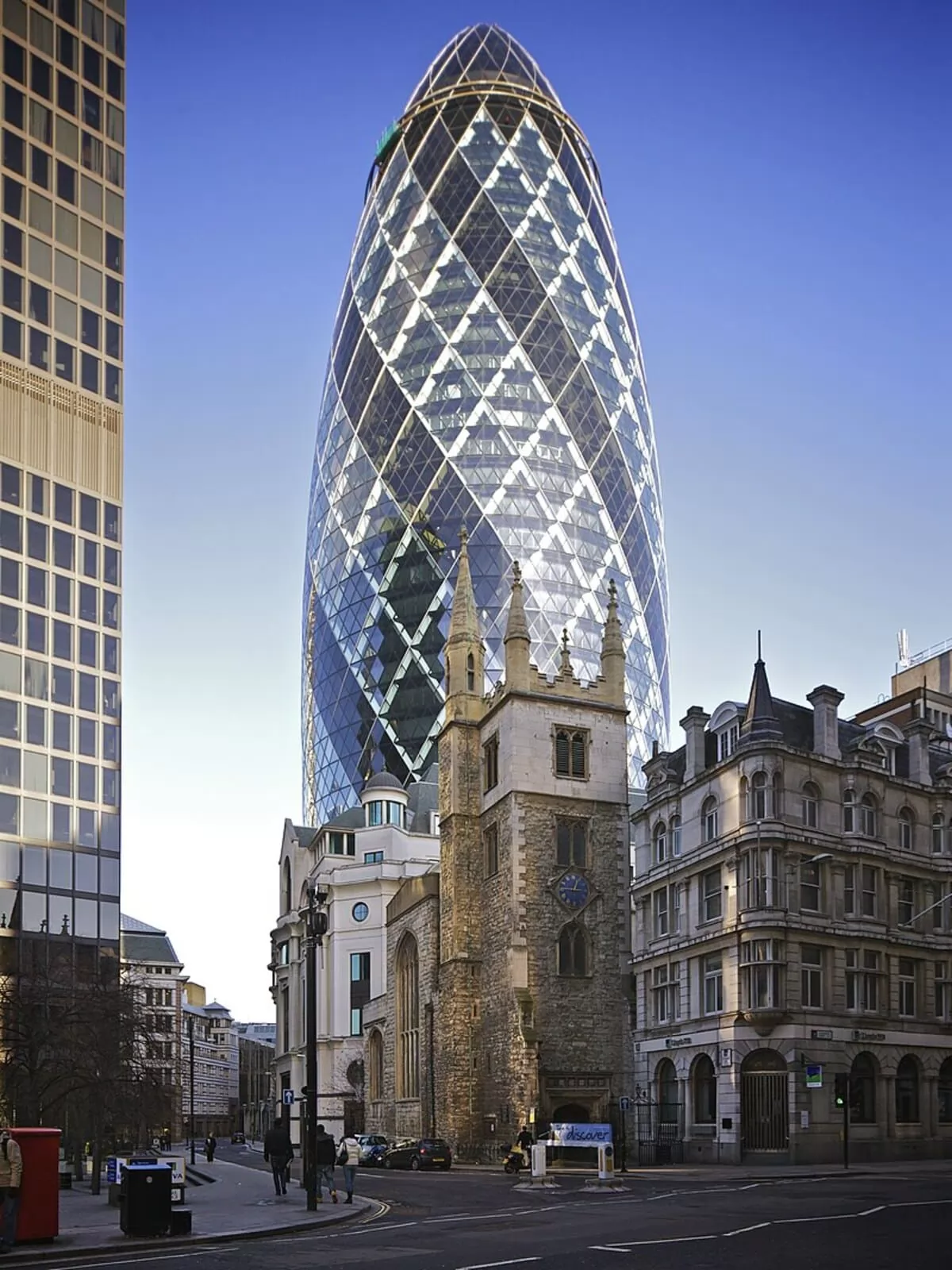
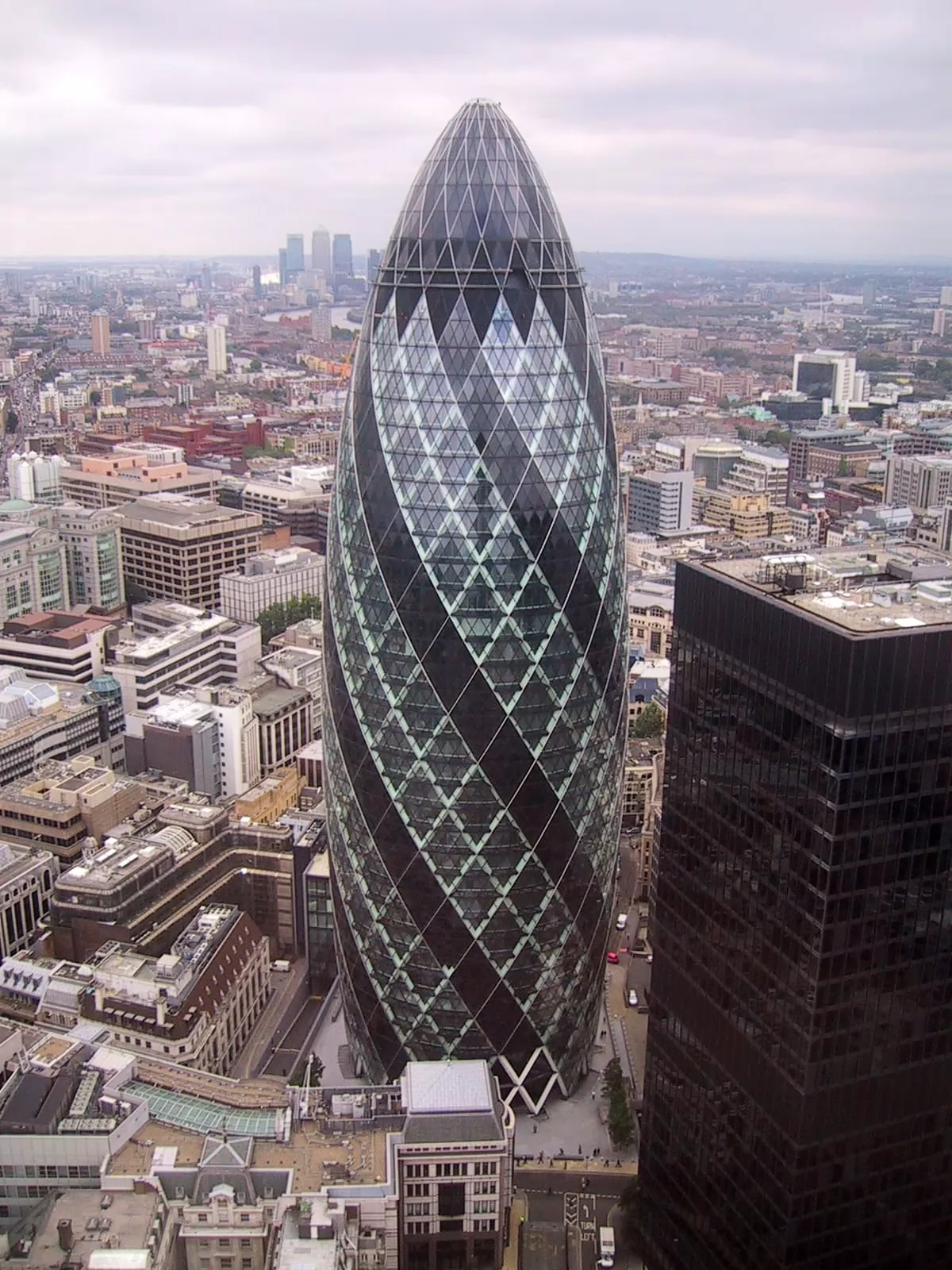
Location: London, United Kingdom
Architect: Norman Foster
Completion Year: 2004
Background: Nicknamed “The Gherkin,” this building is a 21st-century icon of sustainable architecture, redefining glass curtain wall applications.
Design Highlights: It features a double-layer glass curtain wall system for natural ventilation and energy efficiency, with diamond-shaped glass panels forming a streamlined silhouette, a London landmark.
Curtain Wall Craftsmanship: The double-layer curtain wall uses high-performance Low-E glass (15-20 mm thick) with aluminum frames fabricated via precision CNC machining for complex geometries. LEADCNC’s curtain wall machines can produce such high-precision frames, ensuring energy efficiency and structural stability.
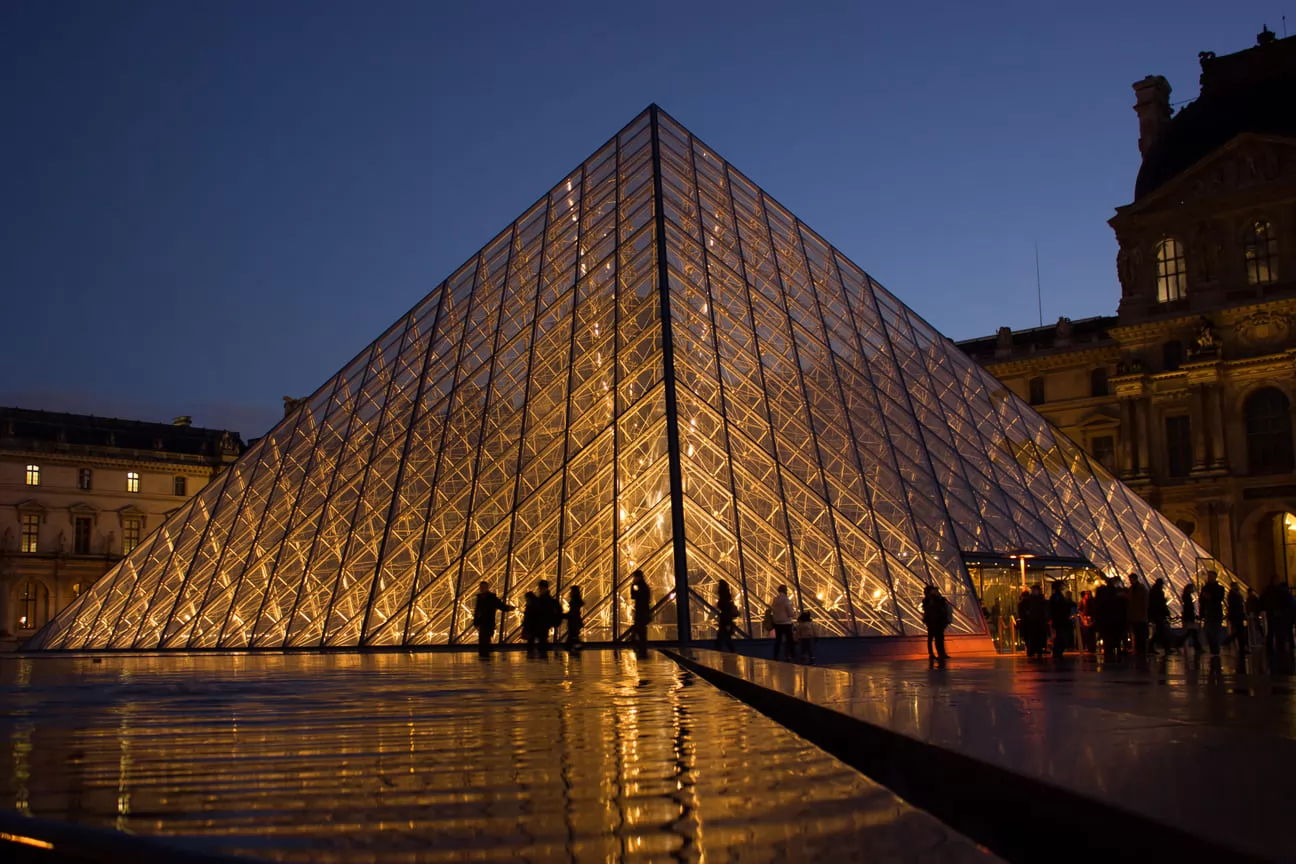
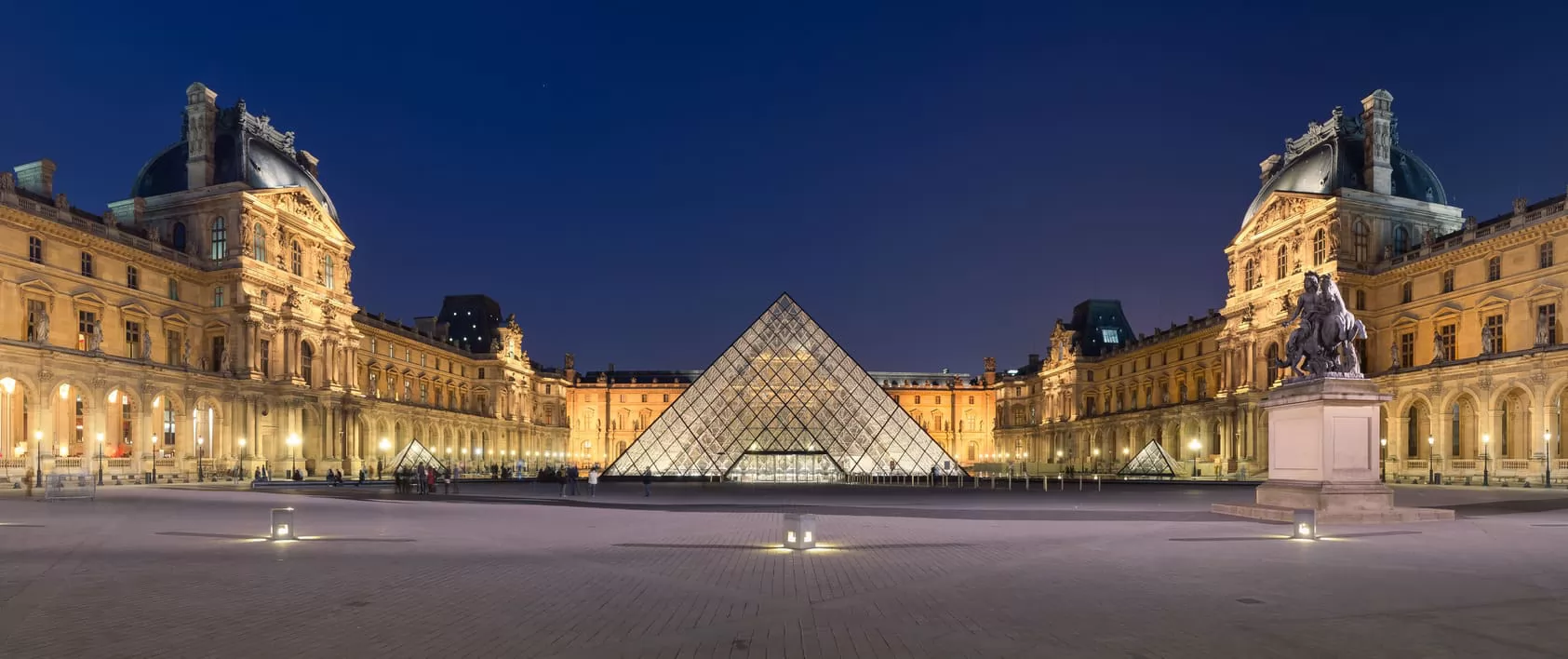
Location: Paris, France
Architect: I.M. Pei
Completion Year: 1989
Background: The Louvre Pyramid, as the museum’s entrance, blends modern glass architecture with historic surroundings, sparking widespread debate.
Design Highlights: This 24-meter-high transparent glass pyramid uses stainless steel frames, creating a dialogue between classical and modern aesthetics.
Curtain Wall Craftsmanship: The system employs ultra-clear glass (10-15 mm thick) with high-precision stainless steel frames. LEADCNC’s CNC machining centers can fabricate complex metal components, ensuring seamless installation and aesthetic quality.
_1758008982_WNo_1280d854.webp)
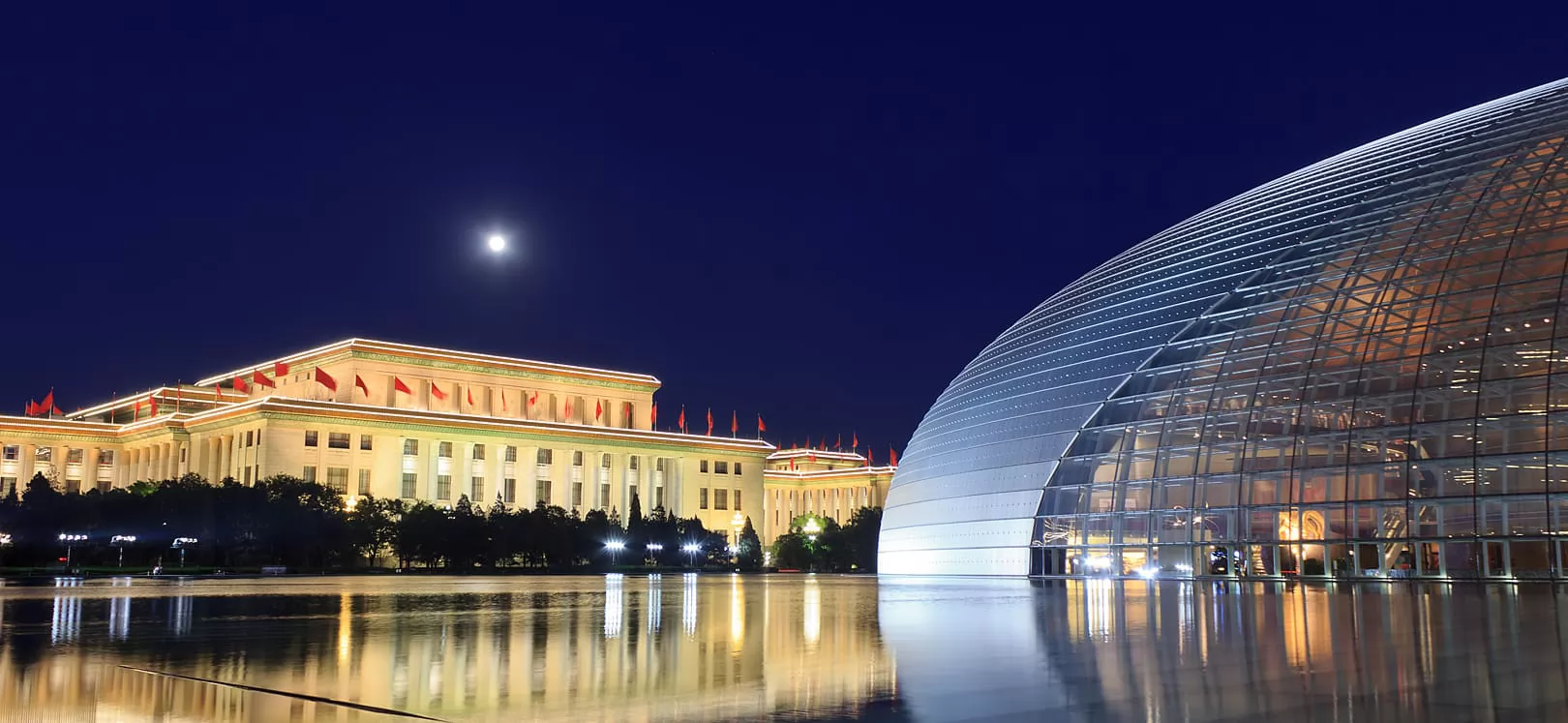
Location: Beijing, China
Architect: Paul Andreu
Completion Year: 2007
Background: Known as the “Giant Egg,” the National Grand Theater of China is a cultural landmark in Beijing, celebrated for its futuristic design and integration with its urban surroundings.
Design Highlights: The theater’s elliptical glass dome, surrounded by an artificial lake, creates a reflective, jewel-like appearance. The glass curtain wall system enhances transparency, allowing natural light to illuminate the interior while blending with the cityscape.
Curtain Wall Craftsmanship: The curtain wall system utilizes high-performance Low-E glass (15-20 mm thick) with titanium and steel frames to achieve the curved, elliptical form. The glass panels are precisely engineered to ensure thermal efficiency and structural integrity under Beijing’s climatic conditions. LEADCNC’s intelligent production lines can efficiently fabricate such complex metal frames, supporting the precision and durability required for dynamic designs like the National Grand Theater.
The creation of these iconic glass curtain wall buildings relies on precise aluminum frameworks and advanced glass processing, made simpler by intelligent production lines. LEADCNC (https://www.leadcnc.com/), founded in 2007, is a leading Chinese manufacturer of CNC aluminum profile processing machines and automated curtain wall production lines. With a focus on innovation, LEADCNC offers standalone machines and integrated production lines, achieving precision up to 0.1 mm. Holding over 200 national patents and exporting to more than 70 countries, their equipment supports the fabrication of complex aluminum frames, such as those used in the National Grand Theater’s curved glass facade. By enabling 24/7 automated production, LEADCNC’s intelligent lines streamline manufacturing, reduce bottlenecks, and ensure high-quality, durable curtain wall systems, making the construction of breathtaking glass architecture more efficient and accessible.
These ten iconic glass curtain wall buildings, from The Crystal Palace’s industrialized origins to The Opus’s parametric innovation, illustrate the evolution of curtain wall technology in aesthetics, functionality, and sustainability. Advanced manufacturing, exemplified by LEADCNC’s intelligent production lines, has made it easier to create the precise aluminum frameworks and glass systems that define these architectural masterpieces, paving the way for future landmarks.
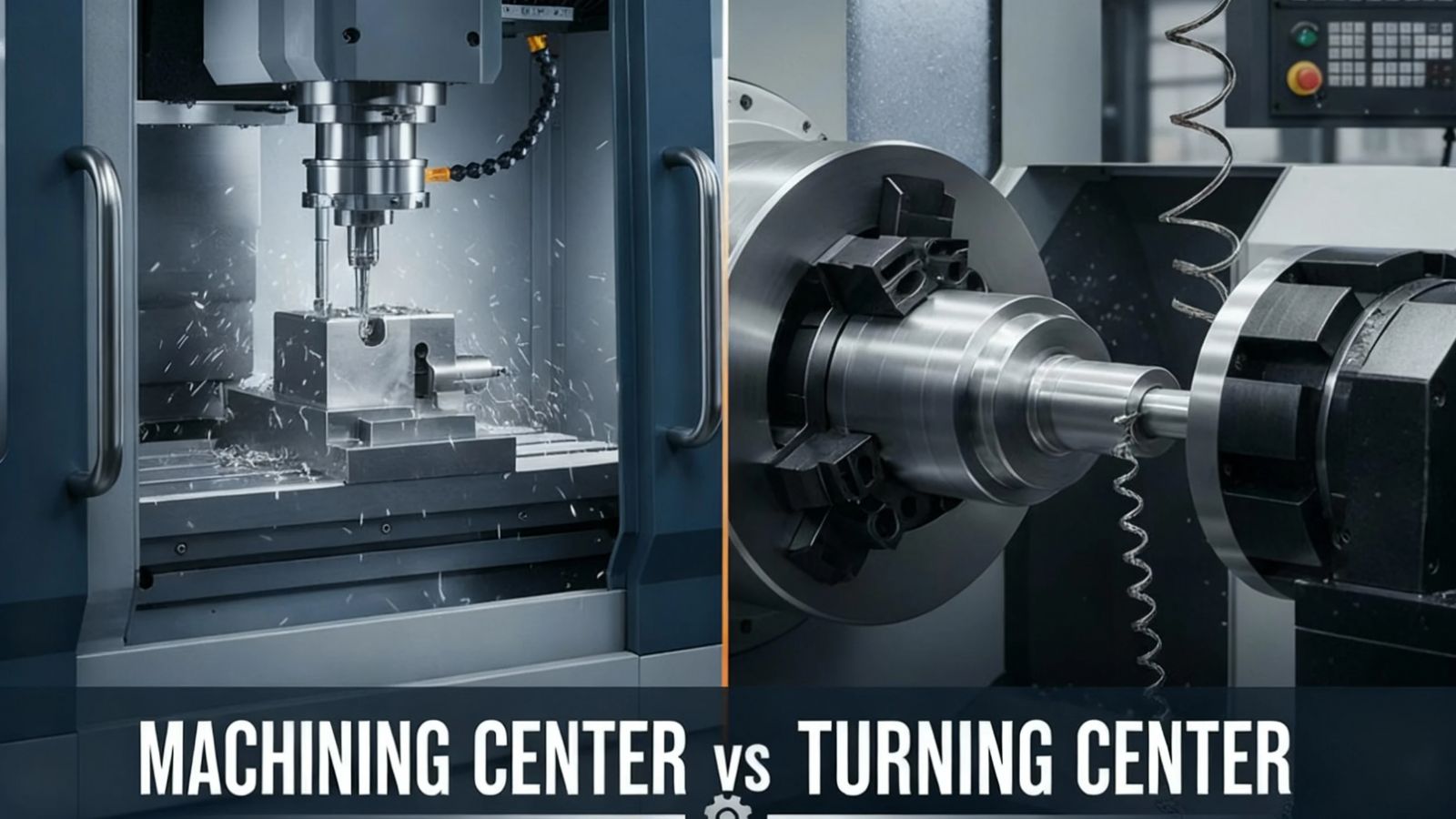

Understand the key differences between machining centers and turning centers. A guide for engineers and procurement on operational capabilities, precision, and selection criteria for CNC equipment.
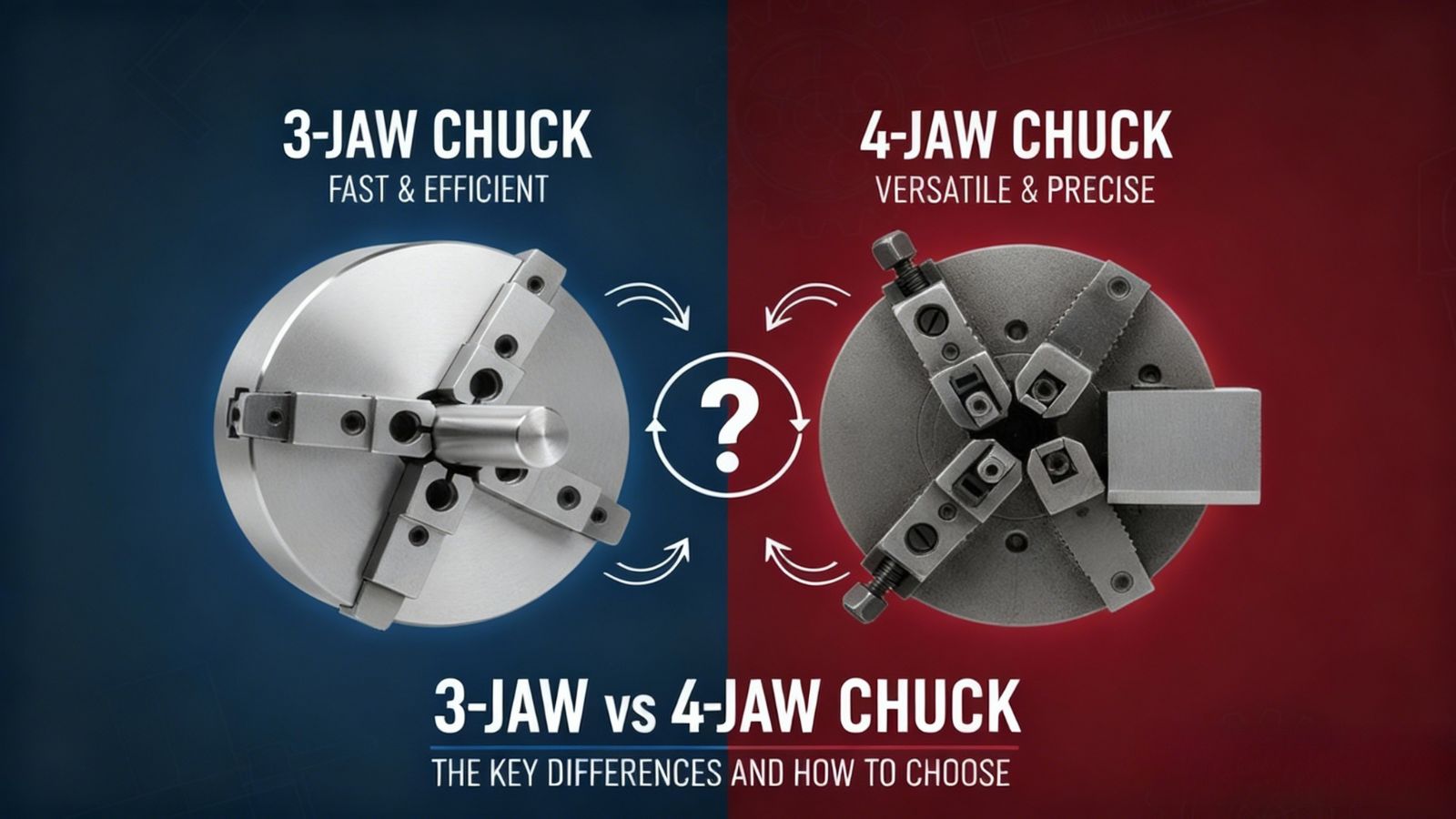

Compare 3-jaw vs 4-jaw chucks for turning operations. Learn the differences in self-centering, precision (runout), setup time, and how to choose the optimal chuck for high-volume or irregular workpieces.
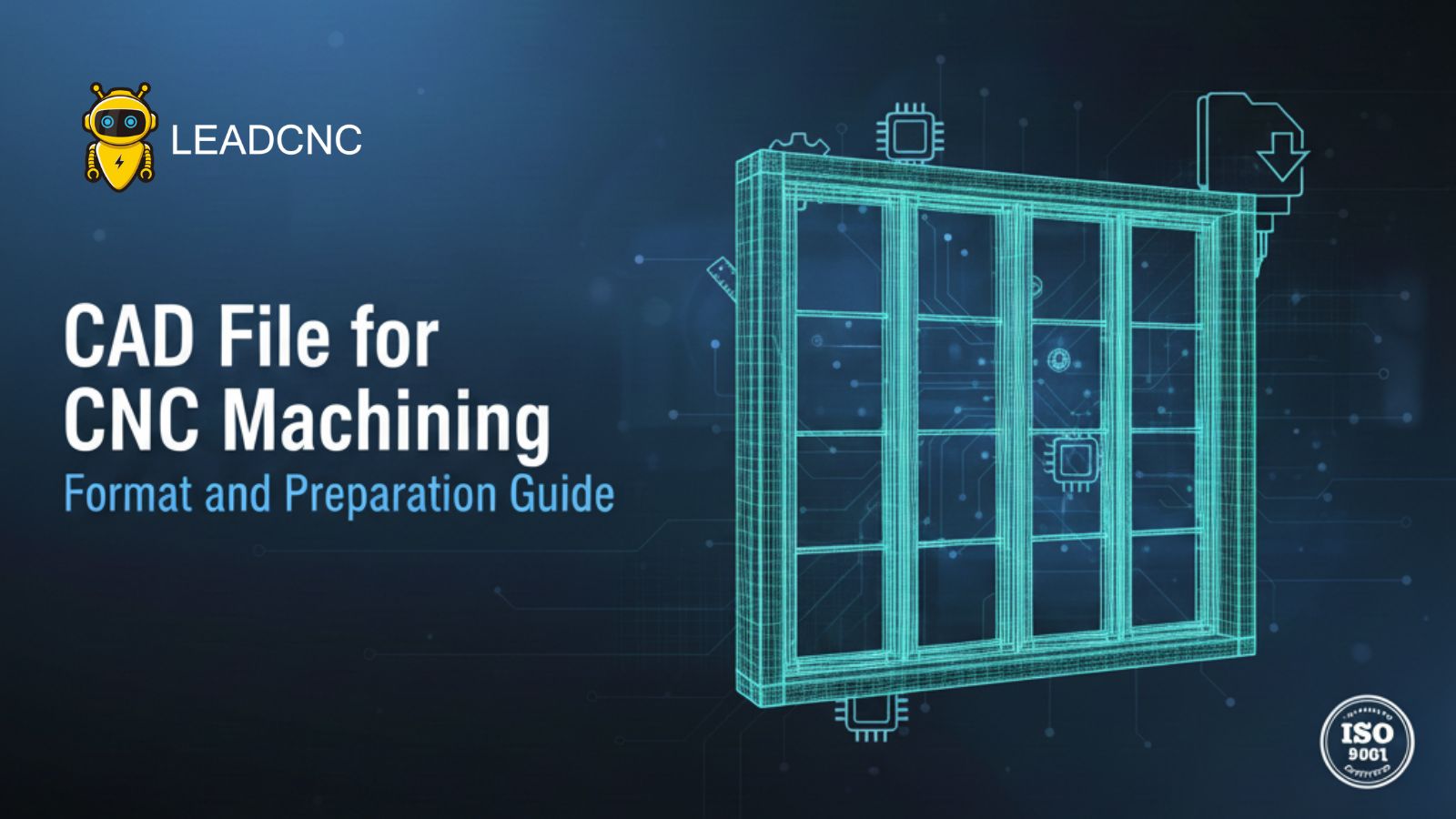

A definitive guide for engineers and procurement on preparing CAD files for CNC. Learn about essential formats (STEP, IGES), DFM practices, and geometric cleanup for precision machining.
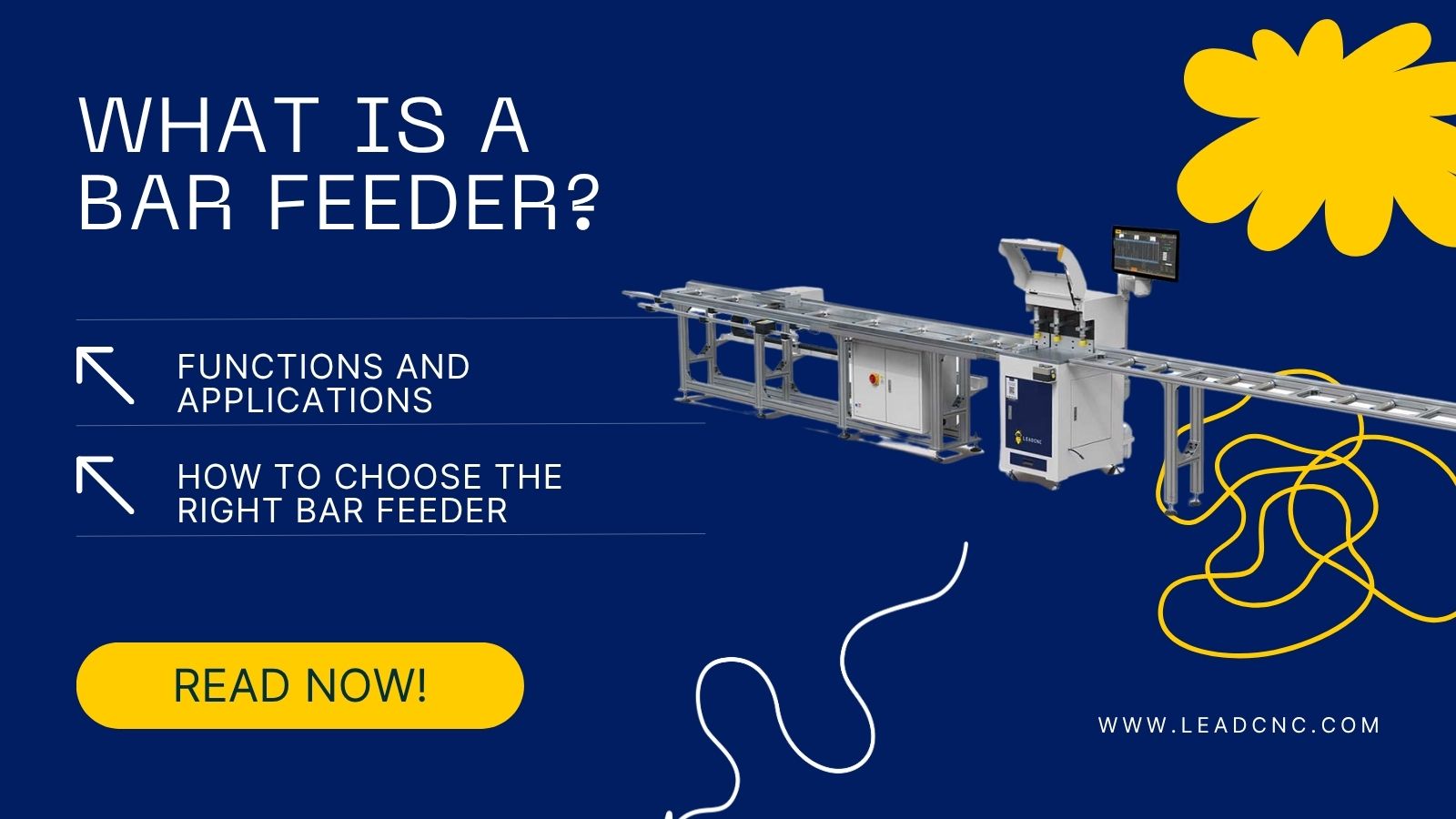

Learn what a bar feeder is, how it works, its key components, types, and industrial applications. Discover how LEADCNC bar feeders improve CNC automation efficiency.


